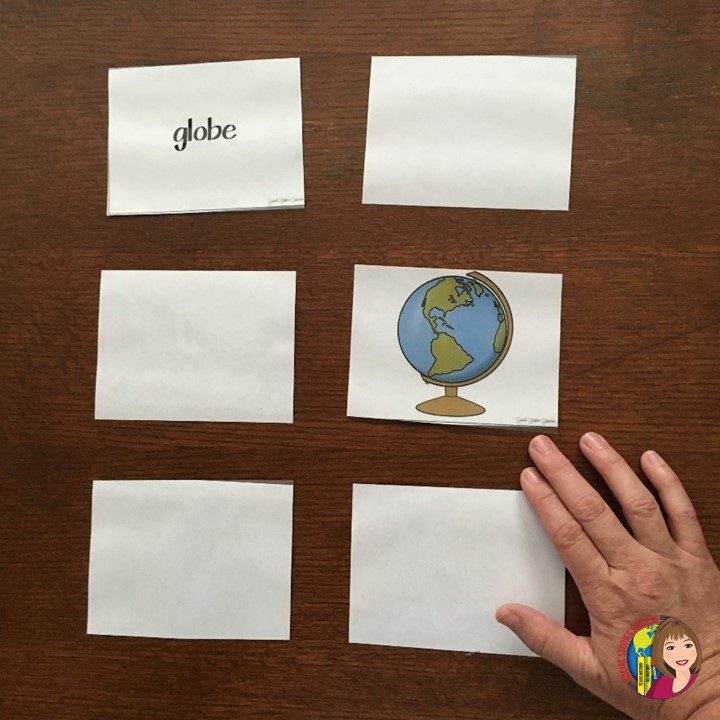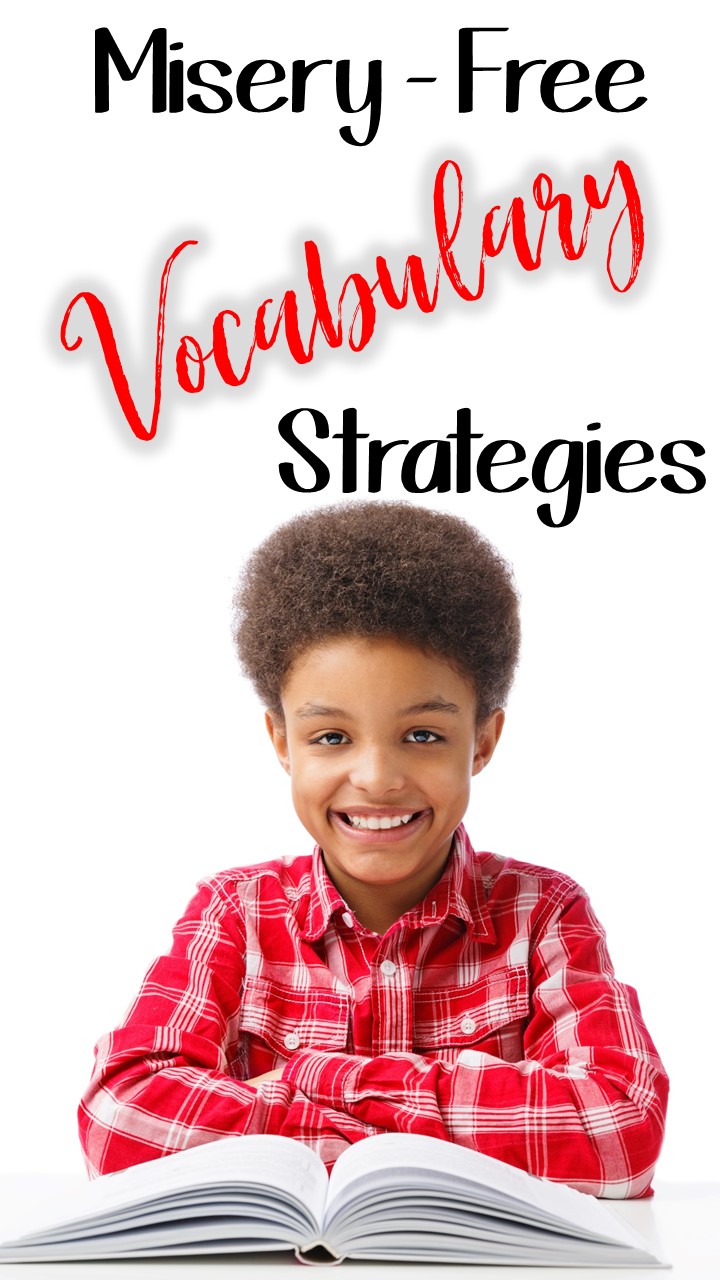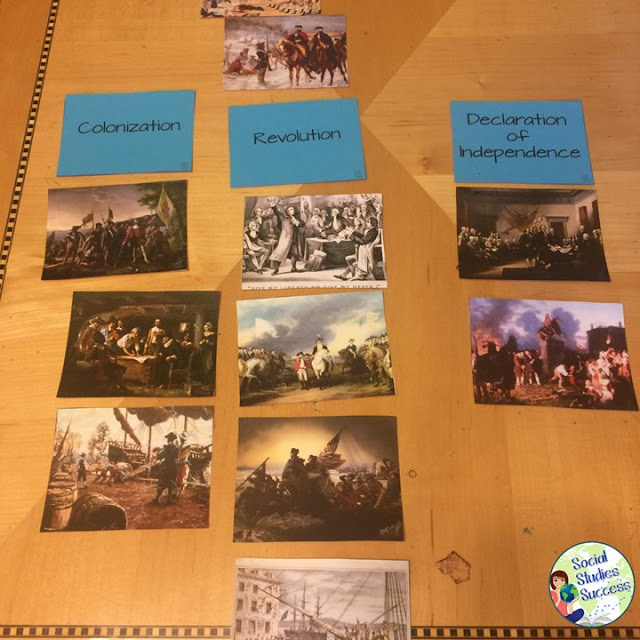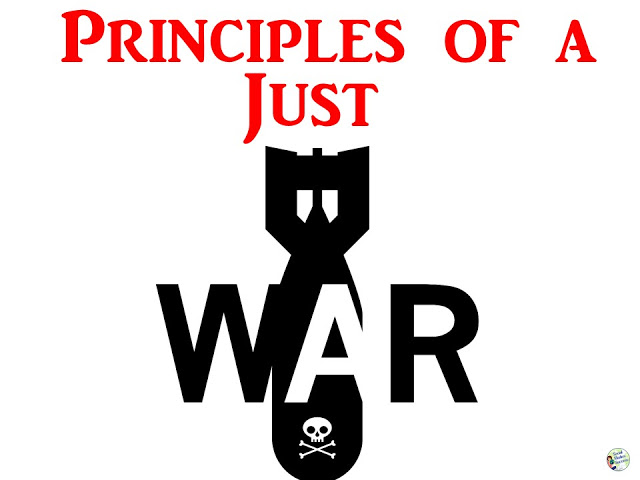I am from the generation when vocabulary was taught by each student taking out a sheet of paper, copying the new words and writing the definitions from the glossary. I can remember piles of vocabulary papers sitting on my desk, slowly sliding into the trash… The problem is that no kid ever successfully learned new vocabulary by this method. How can a bunch of words you don’t understand help you learn another word you don’t know? And what if the child is a struggling reader or a second-language learner? Disaster! After years in the classroom, I do realize that this was a teachers’ ploy to get 20 to 30 minutes of silence to save their sanity. I also know it was pure misery for the students and an utter failure in learning vocabulary.

The introduction of new vocabulary doesn’t have to be time consuming or painful. To learn new words, students must be exposed to the words in context, repeatedly. This means reading the word, hearing the word, speaking the word and writing the word. These all should be happening during the instruction, not is some isolated time set aside from content. Word walls are an excellent tool for keeping new words available for reference and quick sponge activities. Student must also revisit the vocabulary often. Decks of 3×5 cards with words and definitions kept in a plastic bag make vocabulary review easy. Students can quiz each other with the cards or play Concentration when they earn free time or during review or indoor recess. And, yes, we play games with our vocabulary. Plastic bags of “I Have, Who Has” decks on 3×5 cards fill a basket in my room. I have sets for every unit of content and these decks are very popular as free time activities. My students also love playing $25,000 Pyramid with vocabulary. This game is a class favorite where 10 to 12 words can be reviewed in only five minutes and every student participates.
My students are required to have selected vocabulary words defined in their Interactive Notebooks but they don’t do this until the end of the chapter, after we had read, heard, spoken and written the words multiple times. I also will not accept copied definitions. I want them to come up with their own definitions in their own words. They are also required to illustrate a simple icon to help them remember the word. The interesting thing about this is the verbal-linguistic students always write their definitions first, then draw the icon. All other intelligences, especially visual-spatial students, draw their illustration first before creating a definition in their own words. One of my favorite examples is for “revolution.” In U.S. history for a fifth grader, this word means “war” and you can imagine the drawings. But “revolution” is also a science term. I would ask them, “How often do you have a birthday?” Once a year. Each birthday means you have made another trip around the Sun because it takes the Earth one year to revolve, or complete a revolution, around the Sun. When I check their Interactive Notebooks, their definitions are usually “1 year” or “trip around the Sun” and the illustration is a smiling Earth with a party hat, birthday cake, confetti and little lines to indicate it is moving. This method lets students personalize their vocabulary which means they have a better chance of integrating the word into their vocabulary. Since my students are allowed to use their Interactive Notebooks on unit tests, we have a peer review before each test. This sharing also provides them a chance to see and read other students’ icons and definitions.
Here are a few different activities I included in my notebook:


Once you start using a few of these strategies, don’t be surprised if you discover that vocabulary can be fun! What advice do you have for teaching vocabulary?





